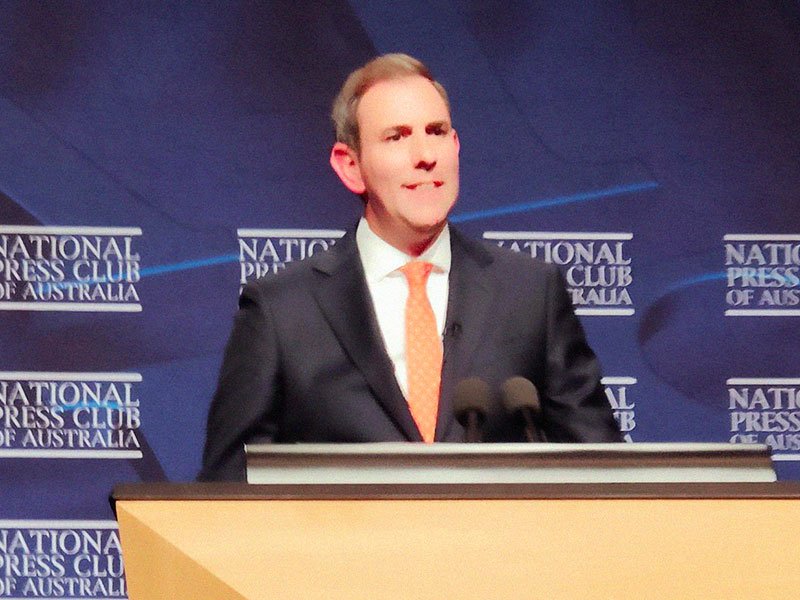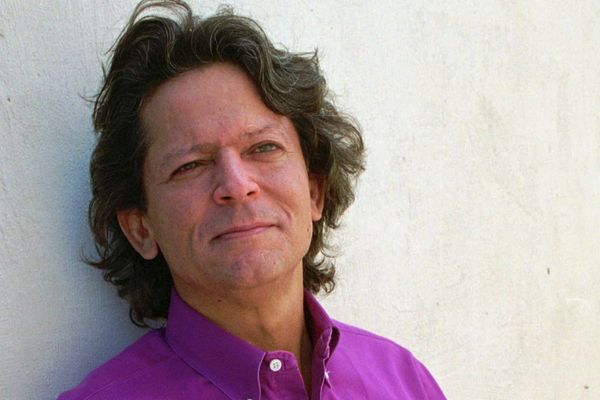There is a disconnect between the bright picture Treasurer Jim Chalmers paints about the opportunities for Australia to participate in the next wave of global industrial growth, and the Australian government’s current level of spending on science and research.
The federal Budget on Tuesday was a balancing act, the Treasurer said during a National Press Club address on Wednesday. It needed careful calibration to meet the competing claims of an economy under inflationary pressure and getting squeezed by rising interest rates, while at the same time looking after cost of living pressures on our most vulnerable.
He has done this while keeping an eye on the future, he says, and putting in place mechanisms to put Australia in the best possible place to take advantage of new industries as the world transitions toward net-zero.
The forces that delivered industrial growth in the past are not the same as the forces that will drive this next great era of growth and transformation. There is a great acceleration of technology underpinning this most fundamental energy transition.
So how do we explain science funding?

For science, Jim Chalmers’ second Budget was a “business-as-usual” budget, the Australian Academy of Science said in a shiv-like reaction statement, damning with the feintest of praise.
Yes of course the Budget continued to invest in Australian universities, science agencies, national research infrastructure, training scientists, supporting business research and development (R&D) and the broader science system.
But with Australian government investment in science, research and innovation at a historical low at 0.49 per cent of GDP, business-as-usual is horrible.
Academy president Professor Chennupati Jagadish said “Australia’s overall investment in science remains lamentable”.
Business-as-usual doesn’t cut it, because business-as-usual has delivered a consistent downward trend in R&D spending for more than 15 years across different governments.
The government spending on R&D is 0.49 per cent GDP. With the inclusion of business investment in R&D, the national total climbs to 1.79 per cent of GDP.
Ahead of the 2022 election, Labor had floated an aspiration that would seek to lift the total R&D spending to around 3 per cent of GDP.
The OECD average for R&D spending is $2.7 per cent of GDP, while countries like Israel (5.5 per cent) South Korea (4.9 per cent) are outliers. For context, the United States spends 3.4 per cent of GDP, and Germany 3.1 per cent.
The point is that we are not in the ballpark. If Australia could just aspire to be average – to meet the OECD average – we would stand a far better chance of full participation in the next wave of economic growth that Treasurer Jim Chalmers expouses.
You can deliver a lift in spending in a single budget cycle, as the Academy of Science’ Professor Chennupati Jagadish said. This would take a commitment over many years.
And while you can’t do everything at once, and while there are any number of important initiatives with a legitimate “if not now then when” claim to a funding increase, you have to start somewhere.
The federal Budget on Tuesday contained a lot for the Industry and Science portfolio. The government is to be commended for the way it has rolled out programs that have overlays – that are joined, connected.
But public science funding is a patient, long-term bedrock of future prosperity. We cannot under spend our international peers over such a sustained period and expect to remain their peers.
“When I think where Australia fits into this global story, one fact really springs to mind,” Mr Chalmers told the press club.
“We have an abundance of the resources that will power the world’s efforts to combat climate change and the potential to produce renewable energy at a lower cost than anywhere in the world.
“This means that cheap, renewable power, can act as a fundamental comparative advantage on which we can build new ones, especially when other countries in our region don’t have access to the same kind of plentiful, renewable power that we do.
“That’s why we’re so focused on the industrial opportunities of net-zero.”
There are incredible opportunities presented by the energy transition. There were many Budget measures aimed at ensuring that Australia is able to lock-in to global supply chains.
But there is an awful lot of technology that needs to be developed to extract the maximum value for the nation from these opportunities, and that is just in energy transition.
That’s before looking at the emerging strategic tech in quantum and artificial intelligence and all the other fast moving technology evolution that the world now if focused on.
There is a whole lot of science that needs to be pursued to keep Australia in a position to reap economic reward.
And that needs patient public sector funding and a re-engaged private sector effort in research and development.
We can surely do better than a “lamentable” level of R&D spending in this country.







